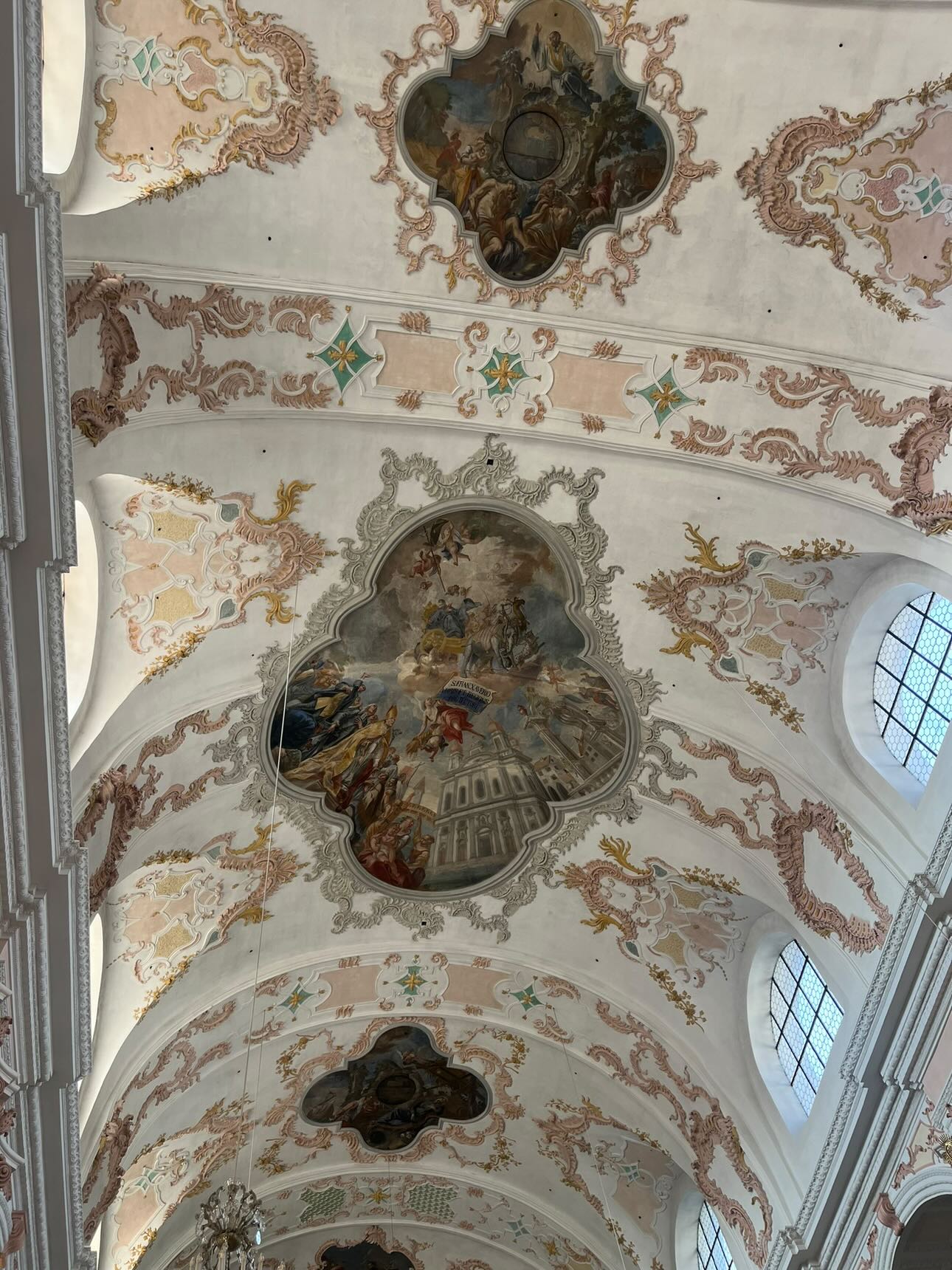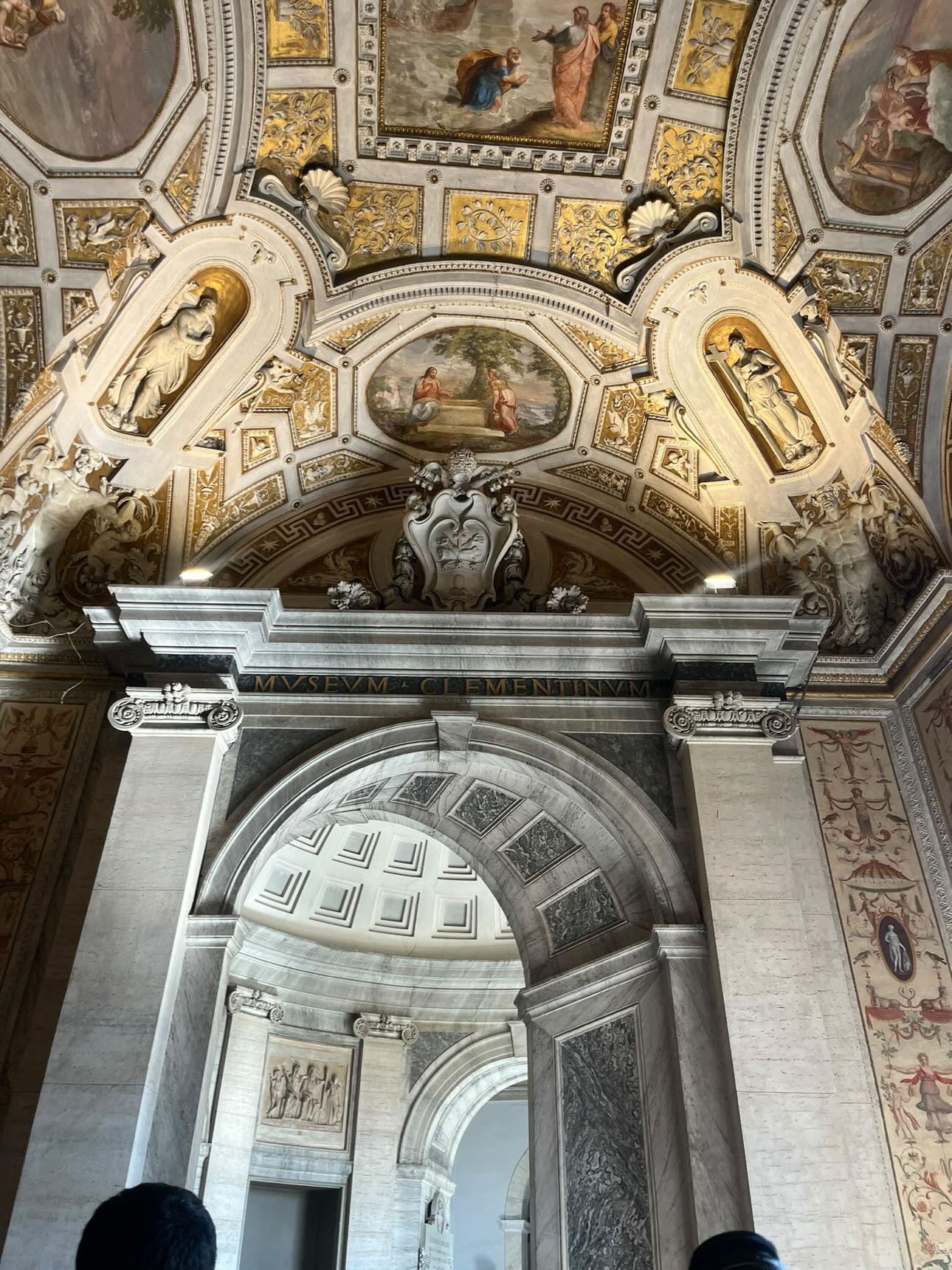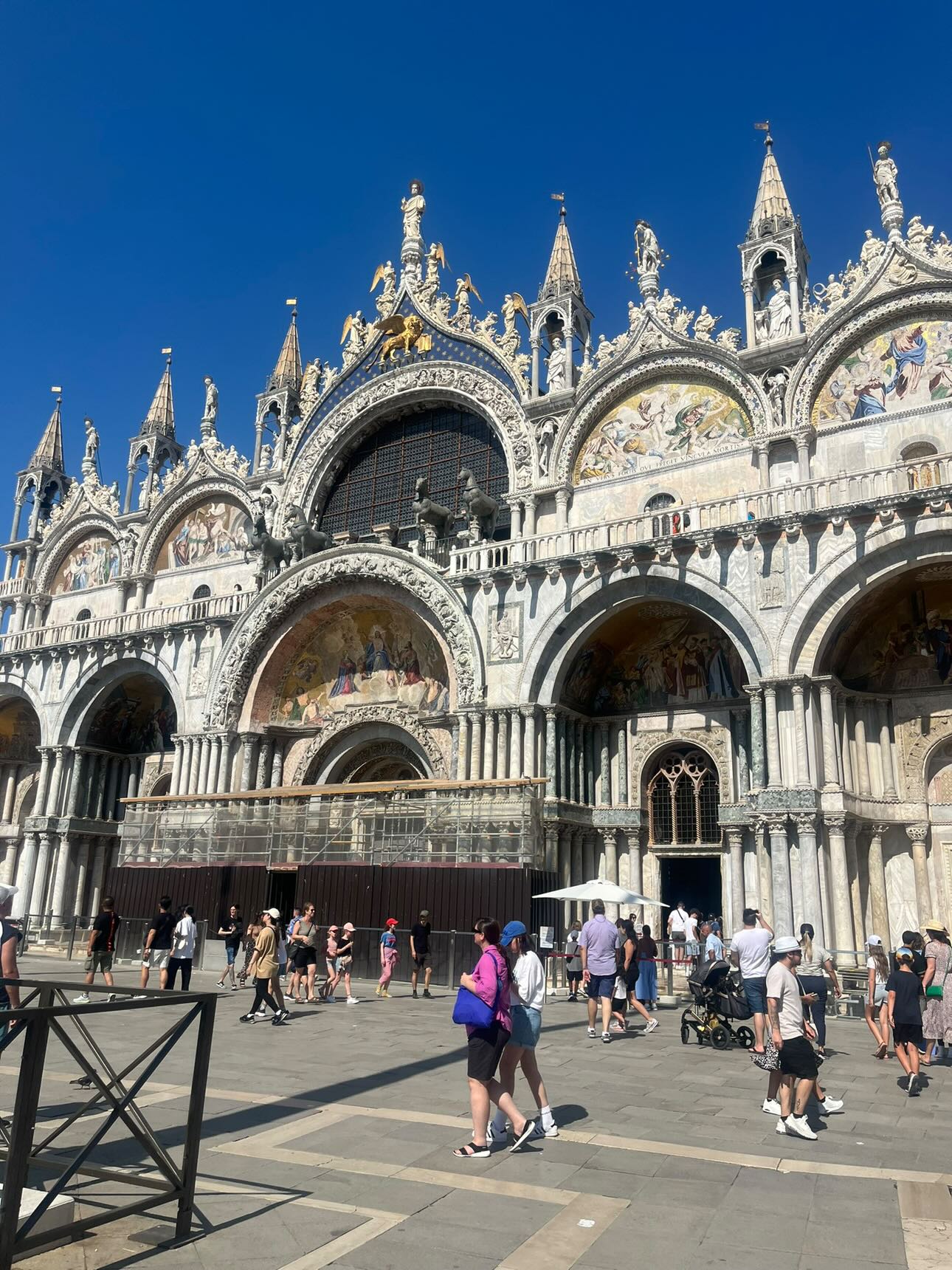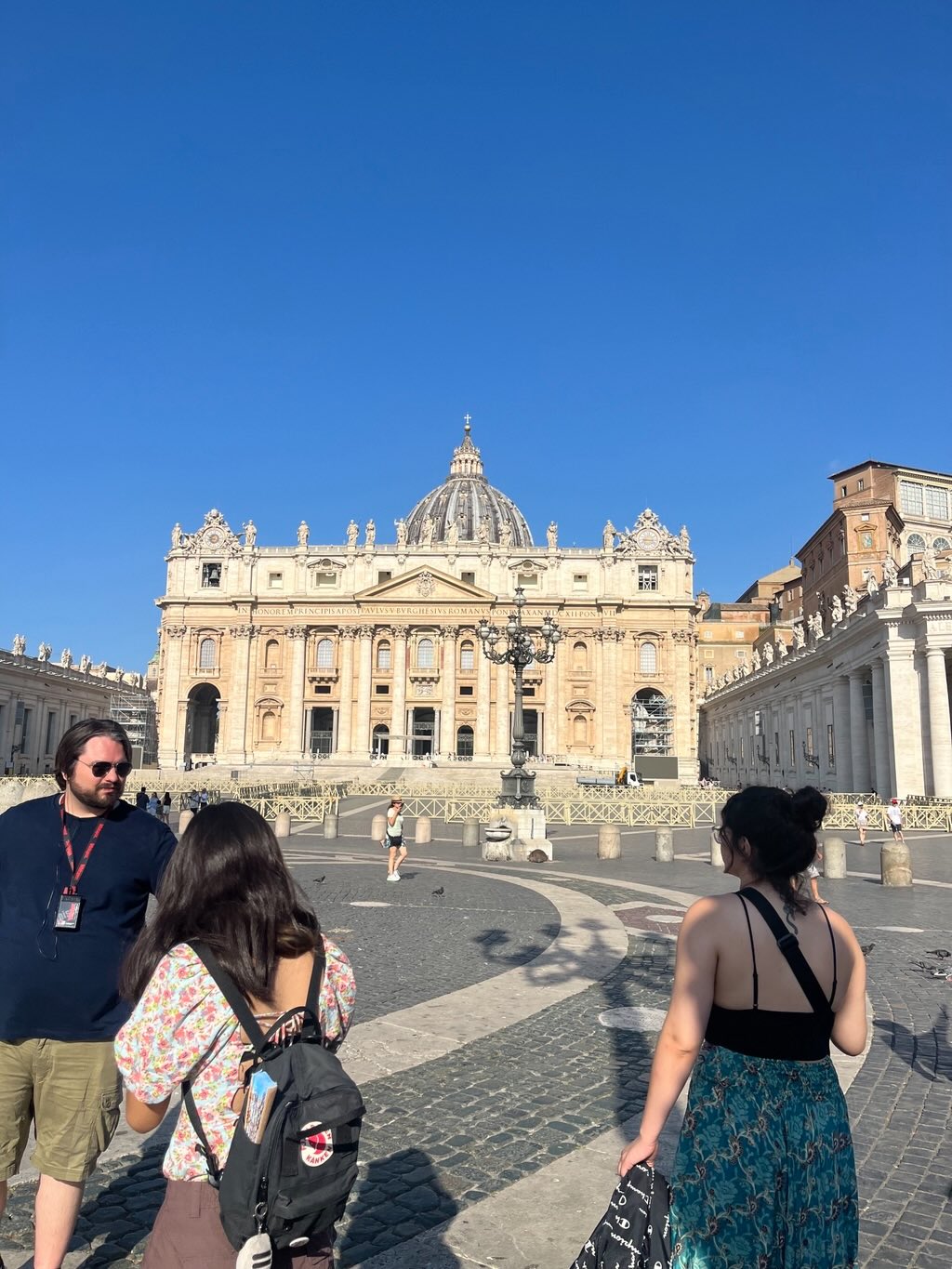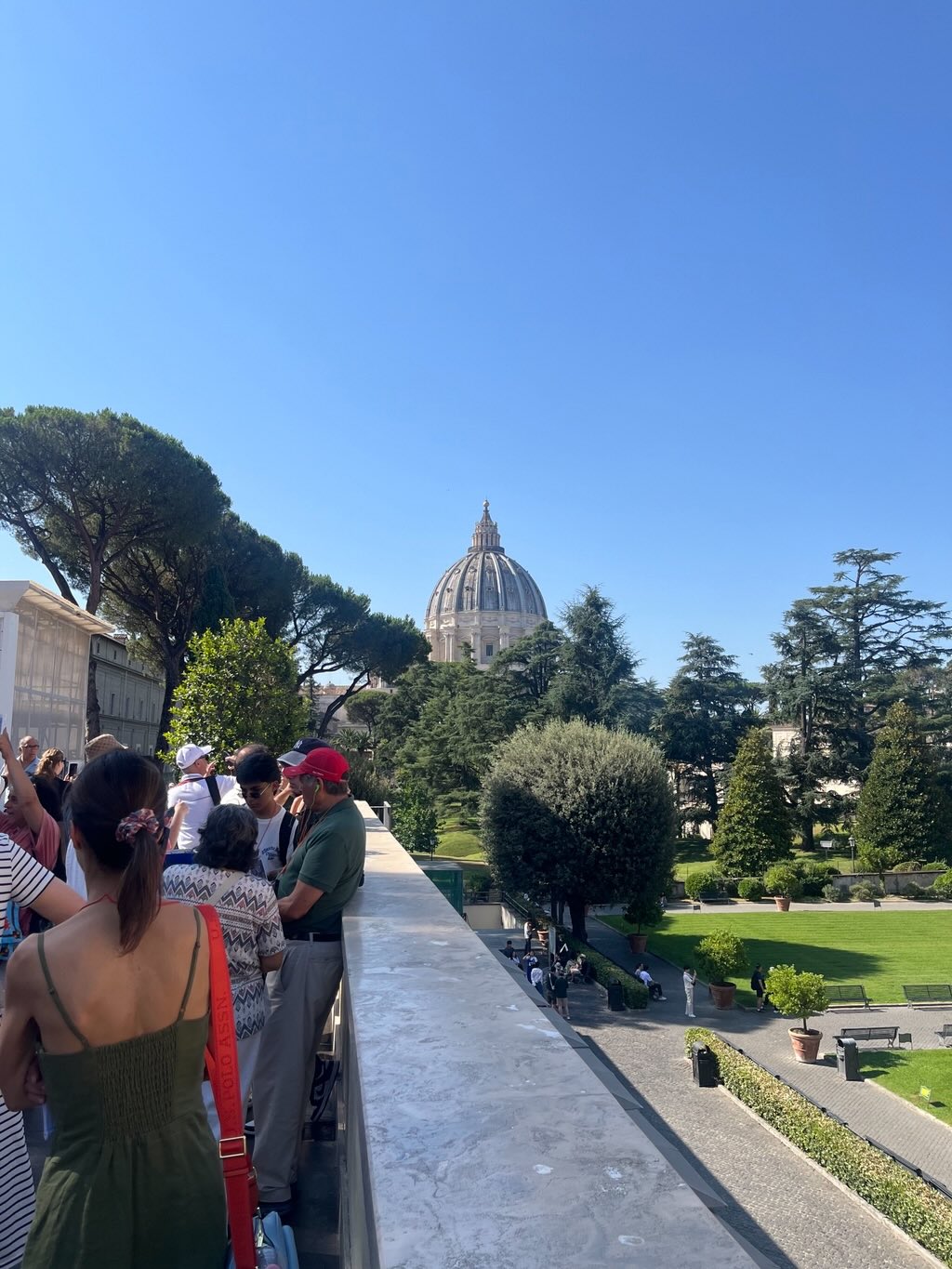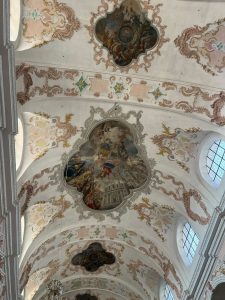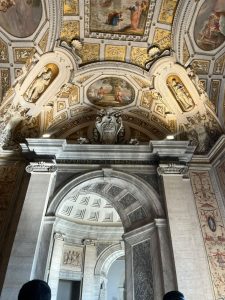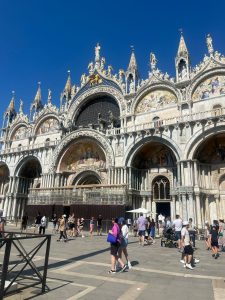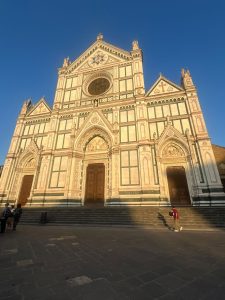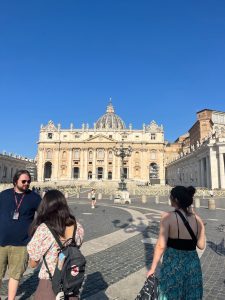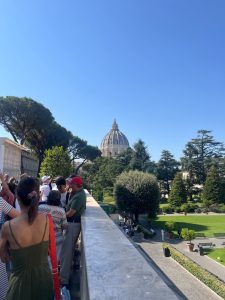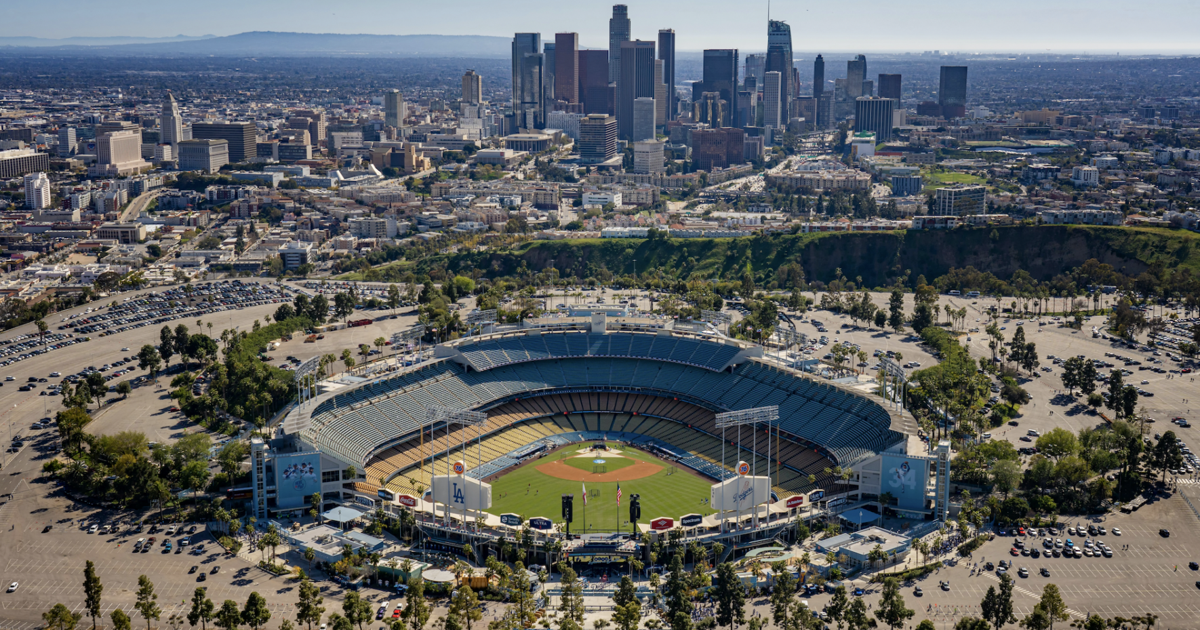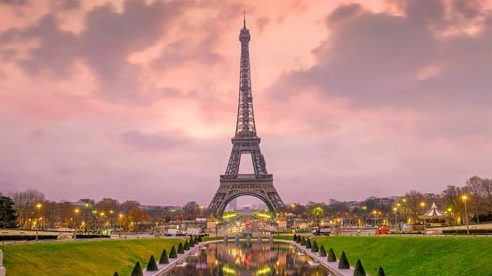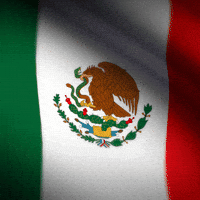When you think of stunning architecture, Italy and Switzerland are two countries that immediately come to mind. Their churches, whether soaring high in the Alps or nestled in the heart of historic cities. Their Churches stand as timeless symbols of faith and culture. From the grandeur of Rome’s St. Peter’s Basilica to the charm of Switzerland’s medieval cathedrals, these sacred structures have shaped the skyline and spirit of their nations for centuries. Join us as we journey through the stone and stained glass of these magnificent places of worship, where history and artistry divide in extraordinary ways. https://www.tuscanynowandmore.com/discover-italy/history/italys-7-most-beautiful-cathedrals-and-where-visit-them
Roman Catholic church architecture in Italy is a cornerstone of architectural history, showcasing a progression from early basilicas to the grandeur of Renaissance and Baroque masterpieces. Italian churches are often monumental in scale and amazingly decorated, reflecting the country’s main role in the Catholic Church—St Peter’s Basilica in Vatican City and Michelangelo’s dome. Throughout Italy, churches serve as places of worship and cultural landmarks, embodying centuries of religious, artistic, and architectural development.
Pope Benedict XVI is an important figure in the Catholic Church. Born Joseph Ratzinger on April 16, 1927, in Germany, he passed away on December 31, 2022, at the Mater Ecclesiae Monastery in Vatican City. He made history in 2013 by becoming the first pope in nearly 600 years to resign from the papacy due to declining health. Following his resignation, he lived as pope emeritus, residing within the Vatican and leading a life of prayer and reflection.

Switzerland’s cathedrals, like the Cathedral of St. Nicholas in Fribourg or Chur Cathedral, exhibit a more tame and regional character, with stronger Gothic and Romanesque influences and fewer monumental pieces. This contrast reflects not only differing aesthetics but also the religious ideals of the two nations, with Switzerland’s Reformation history leading to a more varied religious architectural heritage.
In conclusion, the churches of Italy and Switzerland stand as remarkable testaments to the evolution of religious architecture across Europe. Italy, with its grandeur and artistic masterpieces, epitomizes the lavish expressions of faith, blending Renaissance, Baroque, and Classical influences into monumental structures that reflect the nation’s rich cultural and religious history. In contrast, Switzerland offers a more Gothic and Romanesque influence and fewer monumental embellishments. Both countries showcase the diversity and depth of architectural styles that have shaped the Catholic faith and its sacred spaces over centuries.

